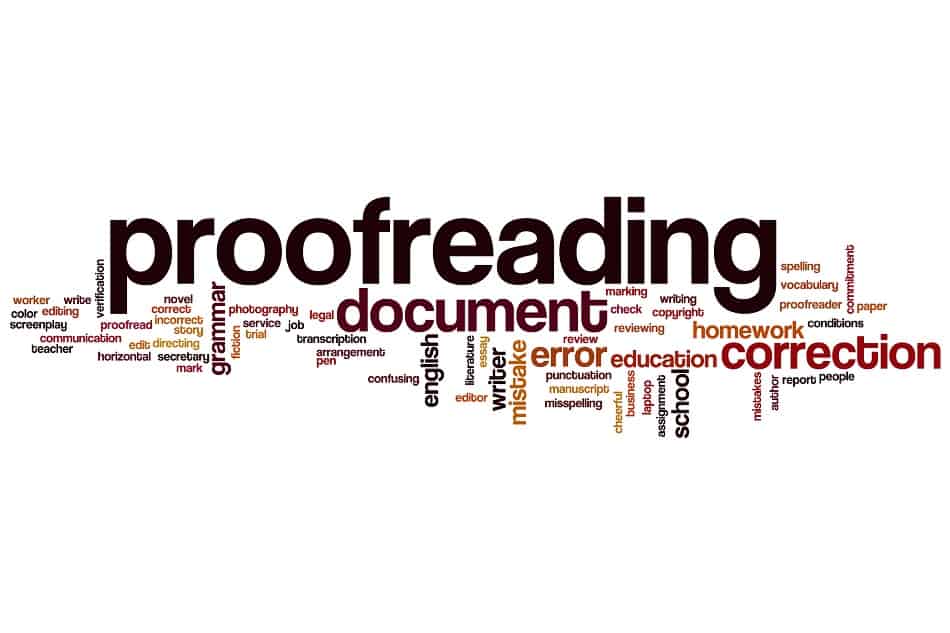Repeated Proofreading are essential for publication Success
Most advanced students and scholars have been reminded many times about the necessity of carefully proofreading and editing their writing. Those authors who have successfully published their research also have personal experience of just how easily errors creep into sophisticated texts and how very essential it is to check for those errors repeatedly. However, for any authors who still may not understand or wish to accept that a single proofreading and a single revision are rarely enough to polish and perfect an academic or scientific document, some explanation of why such detailed attention is so vital may prove helpful.
First and foremost, the simple fact is that you will not catch every error in a single read. Even professional academic and scientific proofreaders rarely achieve such perfection by proofreading a scholarly document once, and it is much easier, if rather paradoxical, to miss mistakes when you are reading your own writing and already know what you are trying to say. A slow and extremely careful read through an article may bring most problems to light, but there are always tiny matters that slip past the eyes (punctuation and formatting details are good examples), and repeated reading will accomplish much more, allowing you to refine your text for greater clarity, accuracy, precision and subtlety.
Whether you make changes while you are proofreading, do your revisions only after you have finished reading or perhaps use a combination of the two approaches, it is incredibly easy to introduce errors while you are altering your text. New material may be typed in incorrectly; bits of the original wording might be left behind when new phrasing is added to replace it; new word choices designed to avoid repetition with preceding sentences may cause repetition with the following sentences. Since alterations are necessarily made with a close focus on the relevant phrases, sentences and paragraphs, it is essential to adopt a wider perspective once the changes are finished by proofreading the revised document. Only thus can you determine whether the alterations are truly successful within the text as a whole.
If you engage the services of a professional proofreader, necessary changes will most likely be made for you, but your proofreader may also suggest further improvements. If this is the case, you will need to determine whether those changes should be made or not. If you decide that the additional revisions would be beneficial, you will need to enter them, again with the risk of introducing new errors, and as you do so, you may find still more things you wish to change. The new version will then require proofreading both to catch any errors that have crept in as you made final revisions and to ensure that the proofreader’s work has achieved what you hoped. Remember that even professional academic and scientific proofreaders can misunderstand what you are trying to say and make mistakes despite their best efforts, but they may also recognise errors that you are not even aware of, so do examine with special care any changes that may not make immediate sense to you.
If you struggle with producing English prose that is clear and correct, yet find that you have to make more changes after your proofreader has finished with the text, it may be advisable to have that proofreader look over the document one more time before you submit it for publication. Keep in mind that it is always much better to perfect your writing and make a good first impression on an acquisitions editor than it is to submit an unpolished piece of work that may earn rejection or a request for revisions before it can be seriously considered for publication.
You might be interested in Services offered by Proof-Reading-Service.com
Journal Editing
Journal article editing services
PhD Thesis Editing
PhD thesis editing services
Expert Editing
Expert editing for all papers
Medical Editing
Medical Editing Services
Research Editing
Research paper editing services
Book Editing
Professional book editing services

















